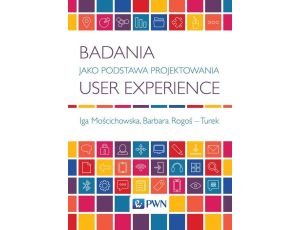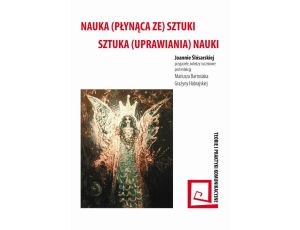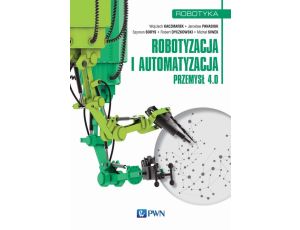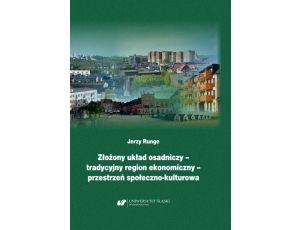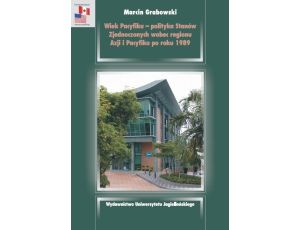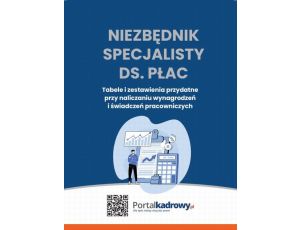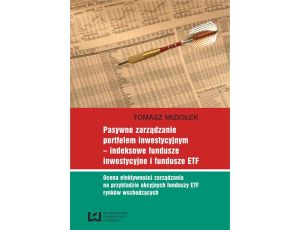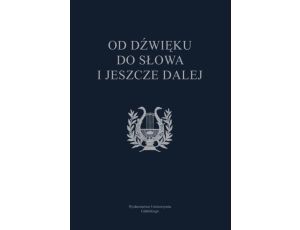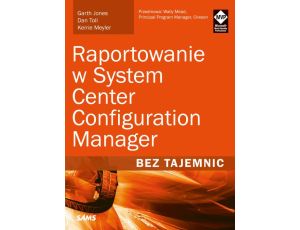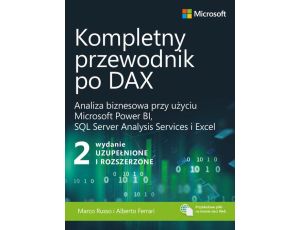Opis produktu
Opinie
Książka stanowi próbę diagnozy podstawy poznania lingwistycznego. Diagnoza tej podstawy wydaje się niezbędna w obliczu licznych aporii lingwistycznych. Metodą, która została użyta do sformułowania i przedstawienia tej diagnozy, jest indukcja, można ją syntetycznie ująć następująco: droga od jedności do jedności analogicznej. Punkt wyjścia na tej drodze stanowi relacyjność bytu. Warunkuje ona wewnętrzną strukturę indywiduum oraz relacje realizowane przez poszczególne indywidua w ramach wspólnoty.
Relacyjna struktura całego bytu jest analogiczna, dlatego o całym bycie mówi się, że jest analogiczny (analogia entis). Analogia bytu warunkuje nie tylko poznanie lingwistyczne, lecz także lingwistykę jako dyscyplinę nauki. Analogia bytu w sposób konieczny implikuje relacje transcendentalne, i to zarówno w zakresie wspólnoty indywiduów, jak i w zakresie wewnętrznej struktury każdego indywiduum z osobna.
Ponieważ tak indywiduum, jak wspólnota są realne, to relacje transcendentalne je konstytuujące muszą być oparte na realnej podstawie. Podstawa ta nie jest materialna, lecz substancjalna. Jeśli więc lingwista wnioskuje o jakiejś wspólnocie, o języku tej wspólnoty czy też o zachowaniach komunikacyjnych jej partycypantów, to czyni to właśnie dzięki realnym relacjom transcendentalnym, wnioskując zaś o kategoriach, na przykład o kategorii podobieństwa, nie uniknie partycypacji.
******
Exploring the roots of linguistics – relation, analogy, participation
This book constitutes an attempt to diagnose the basis of linguistic cognition. This diagnosis seems necessary in the face of numerous aporias present in linguistics. An inductive method was used to prepare and present the diagnosis. This method can be presented synthetically as a path from unity to analogical unity. The starting point on this path is the relational nature of being, which determines the internal structure of an individual and the relations realised by individuals within the community.
The relational structure of all being is analogical, which is why all being is said to be analogical (analogia entis). The analogy of being determines not only linguistic cognition, but also linguistics as a scientific discipline. Moreover, the analogy of being necessarily implies transcendental relations in terms of both the community of individuals and the internal structure of each individual.
Since both the individual and the community are real, the transcendental relations constituting them must have a real basis. This basis is not material but substantial. Thus, when linguists make inferences about a community, about the language of this community, or about the communicative behaviour of its participants, they do so precisely thanks to real transcendental relations. Consequently, when inferring about categories, such as the category of similarity, they will not avoid participation.
Relacyjna struktura całego bytu jest analogiczna, dlatego o całym bycie mówi się, że jest analogiczny (analogia entis). Analogia bytu warunkuje nie tylko poznanie lingwistyczne, lecz także lingwistykę jako dyscyplinę nauki. Analogia bytu w sposób konieczny implikuje relacje transcendentalne, i to zarówno w zakresie wspólnoty indywiduów, jak i w zakresie wewnętrznej struktury każdego indywiduum z osobna.
Ponieważ tak indywiduum, jak wspólnota są realne, to relacje transcendentalne je konstytuujące muszą być oparte na realnej podstawie. Podstawa ta nie jest materialna, lecz substancjalna. Jeśli więc lingwista wnioskuje o jakiejś wspólnocie, o języku tej wspólnoty czy też o zachowaniach komunikacyjnych jej partycypantów, to czyni to właśnie dzięki realnym relacjom transcendentalnym, wnioskując zaś o kategoriach, na przykład o kategorii podobieństwa, nie uniknie partycypacji.
******
Exploring the roots of linguistics – relation, analogy, participation
This book constitutes an attempt to diagnose the basis of linguistic cognition. This diagnosis seems necessary in the face of numerous aporias present in linguistics. An inductive method was used to prepare and present the diagnosis. This method can be presented synthetically as a path from unity to analogical unity. The starting point on this path is the relational nature of being, which determines the internal structure of an individual and the relations realised by individuals within the community.
The relational structure of all being is analogical, which is why all being is said to be analogical (analogia entis). The analogy of being determines not only linguistic cognition, but also linguistics as a scientific discipline. Moreover, the analogy of being necessarily implies transcendental relations in terms of both the community of individuals and the internal structure of each individual.
Since both the individual and the community are real, the transcendental relations constituting them must have a real basis. This basis is not material but substantial. Thus, when linguists make inferences about a community, about the language of this community, or about the communicative behaviour of its participants, they do so precisely thanks to real transcendental relations. Consequently, when inferring about categories, such as the category of similarity, they will not avoid participation.
Cechy
| Rodzaj: | e-book |
| Format pliku: |
|
| Autor: | Grzegorz Pawłowski |
| Język publikacji: | polski |
| Rok wydania: | 2024 |
| Liczba stron: | 338 |
| Miejscowość: | Warszawa |
